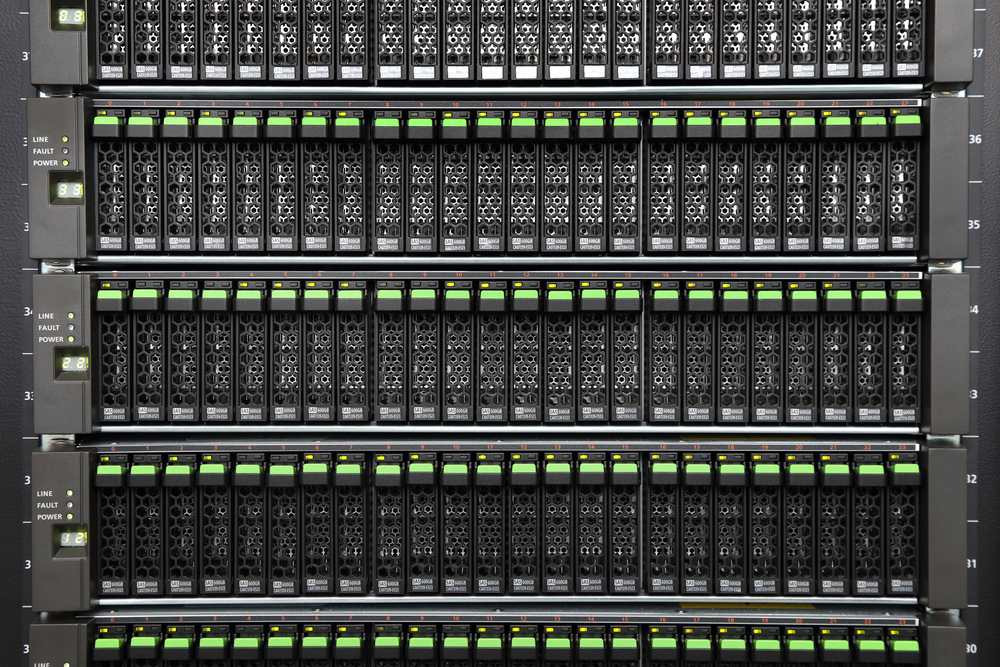
The packaging and pricing changes that Broadcom has made to the VMware product suite have left many customers wondering whether there is still value for money. These customers are often caught between the cost of keeping VMware in place and the cost of replacing it with another product or set of products. The first question mark is the cost of a replacement product. Usually, this pricing is confidential, just like the VMware pricing. I will have to focus on other considerations.
My top three non-financial factors that make replacing VMware difficult:
- Ecosystem
- VM Migration
- Non-core VMware products
Ecosystem
VMware has been the most common virtualization platform for over a decade and the benchmark platform supported by third-party solutions. The ecosystem includes software such as data protection and security products. The ecosystem is also an extensive list of certified third-party hardware such as servers, storage, and network adapters. VMware has also participated in an ecosystem with tools such as PowerCLI to enable integration into system administration scripting. I have seen server application deployments across half a dozen VMs controlled by PowerShell, including PowerCLI. Other virtualization vendors may not have the same level of support from or for third-party tools. Moving away from VMware might mean moving away from your current third-party vendors; it is a good time to re-evaluate your needs.
VM Migration
Part of VMware’s value proposition is that VMs are abstracted from the underlying hardware. Replacing the servers, storage or VMware product version usually does not require changing or rebooting VMs. Moving to a new virtualization platform will require at least one VM restart and, usually, software installation in the VM to support the new platform. The restart might be the smallest issue. Each VM must be copied from a VMware datastore to the new platform. Hopefully, the copy will replicate the running VM rather than a cold copy, where the VM is powered off for the entire copy time. Moving to a virtualization platform with good migration tools is preferable, and a few hundred VMs is a much smaller problem than migrating thousands of VMs.
Non-Core VMware Products
This one may be a bit of a surprise. Some VMware products that aren’t server virtualization can be harder to replace than the core vSphere. For example, a VMware estate heavily invested in the NSX software-defined network may struggle to find a replacement that delivers the same functionality. The same is true for customers who use tools like Aria (previously vRealize) Automation, particularly those who use Aria Automation to enable self-service deployment of VMs and applications for non-IT users.
Cost vs. Cost
The cost of replacing VMware may exceed the cost of retaining it, particularly for customers who have used all the features of the wider VMware platform. Broadcom wants to retain its existing VCF customers; changes have affected these customers less. Customers using only vSphere will have the easiest time replacing VMware, and customers who licensed multiple VMware products in an a-la-carte manner will have the most complicated path. Some customers will renew their VMware licenses for a short period, hoping the migration path will become simpler or their next renewal cost will be less painful.
© 2024, Alastair. All rights reserved.


 RSS - Posts
RSS - Posts